Third Term
Citizenship + English + History + Art + Gardening
Week 1 & 2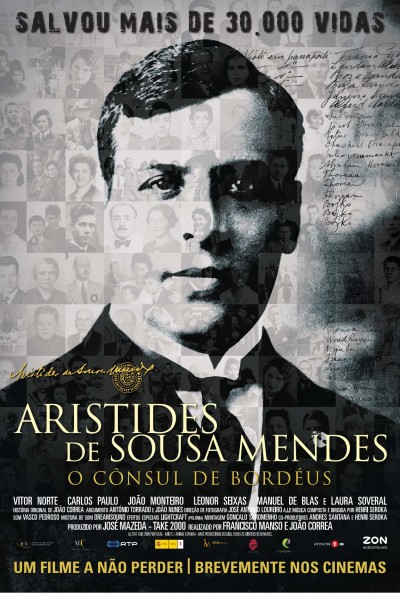
- As a follow-up activity, students watch the film “Aristides de Sousa Mendes, O Cônsul de Bordéus” (in the History class).
- Aristides de Sousa Mendes was recognized as Righteous Among the Nations by Yad Vashem in 1966, for altruistically saving the lives of thousands of Jewish refugees while losing all his privileges and even his financial autonomy.
- In Citizenship, after a debate on disobedience in the face of injustice, teacher starts preparing the path towards this term’s big event – the plantation of a chestnut tree in honour of Anne Frank and all the innocent victims of the Holocaust which will take place on 21st April:
→ In the English lessons, students get acquainted with the discrimination imposed on Jews before and during WWII by doing a “pre-listening + reading” worksheet;
→ Students read and listen to “Diary of a Young Girl, Anne Frank” and do a “while reading/listening” worksheet;
→ In Citizenship, students start preparing a reading of Anne Frank’s quotes (in Portuguese) to be videoed;
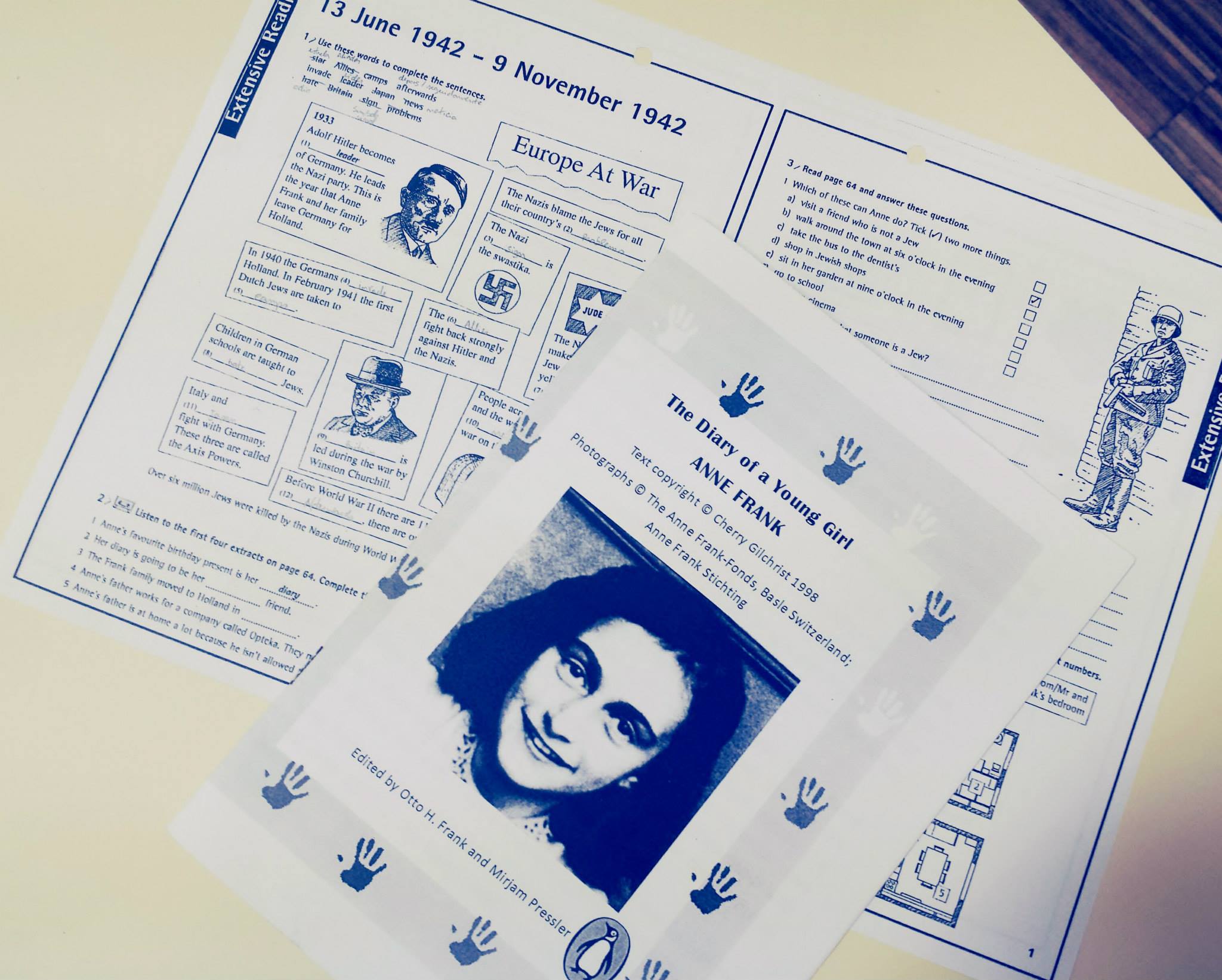
→ In Art lessons, students prepare a plaque to be placed near the Anne Frank tree we are going to plant.
→ Pledges to support the Anne Frank Declaration, both in Portuguese and in English, are prepared for those participating in the plantation of the chestnut tree and to leave in the Municipal Library.
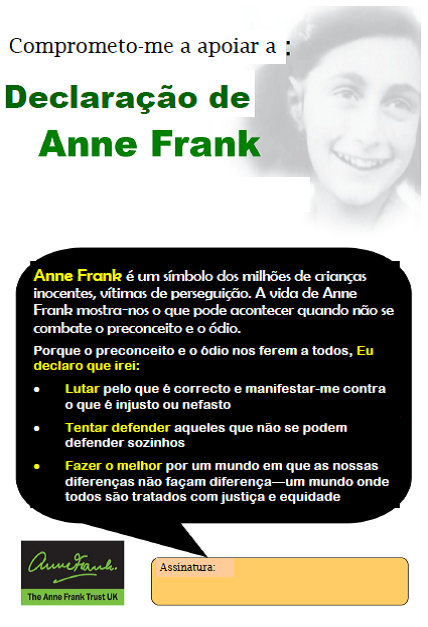
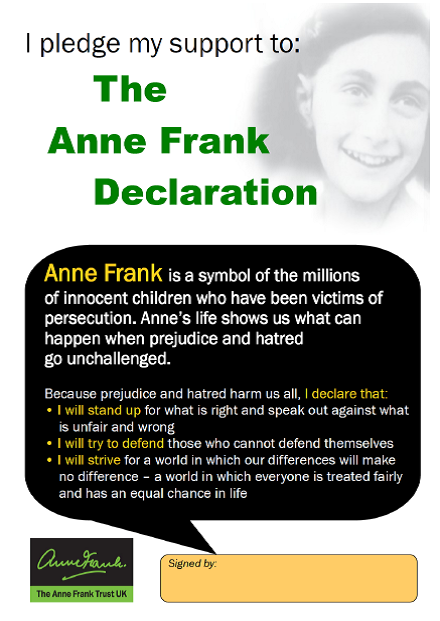
Week 3
- On 21st April, students from three classes (6th, 8th and 9th years) and their teachers of History, English, Citizenship and Art walk to the Municipal Garden in town and plant a chestnut tree as a symbolic act of remembrance of Anne Frank and all the victims of the Holocaust. This event was also a way of marking the 70th anniversary of Anne’s death.
- Some students read out excerpt of Anne Frank’s Diary. The tree was brought from the north of Portugal and was planted by vocational students and their teacher of gardening. Local press and Town Hall representatives were present in the ceremony.
- We left some Pledges to Support the Anne Frank Declaration in the Municipal Library to be signed by locals and spread the word.
- We made a photo album of the plantation of the Anne Frank Chestnut Tree on Facebook:
https://www.facebook.com/media/set/?set=a.968821106470241&type=1&l=a6c09434ed
Week 4, 5 & 6
- We prepare a Pledge to support the Anne Frank Declaration for all the teachers in our school to sign – we put it up on a wall for everybody to see by the entrance of our school library;
- In the English lesson, we read out an excerpt of the Diary of Anne Frank and prepare a video. We join the one minute campaign called #notsilent, organized by the Anne Frank Trust and Penguin Random House (UK publishers of The Diary of A Young Girl), which aims to mark the 70th anniversary of Anne’s death.
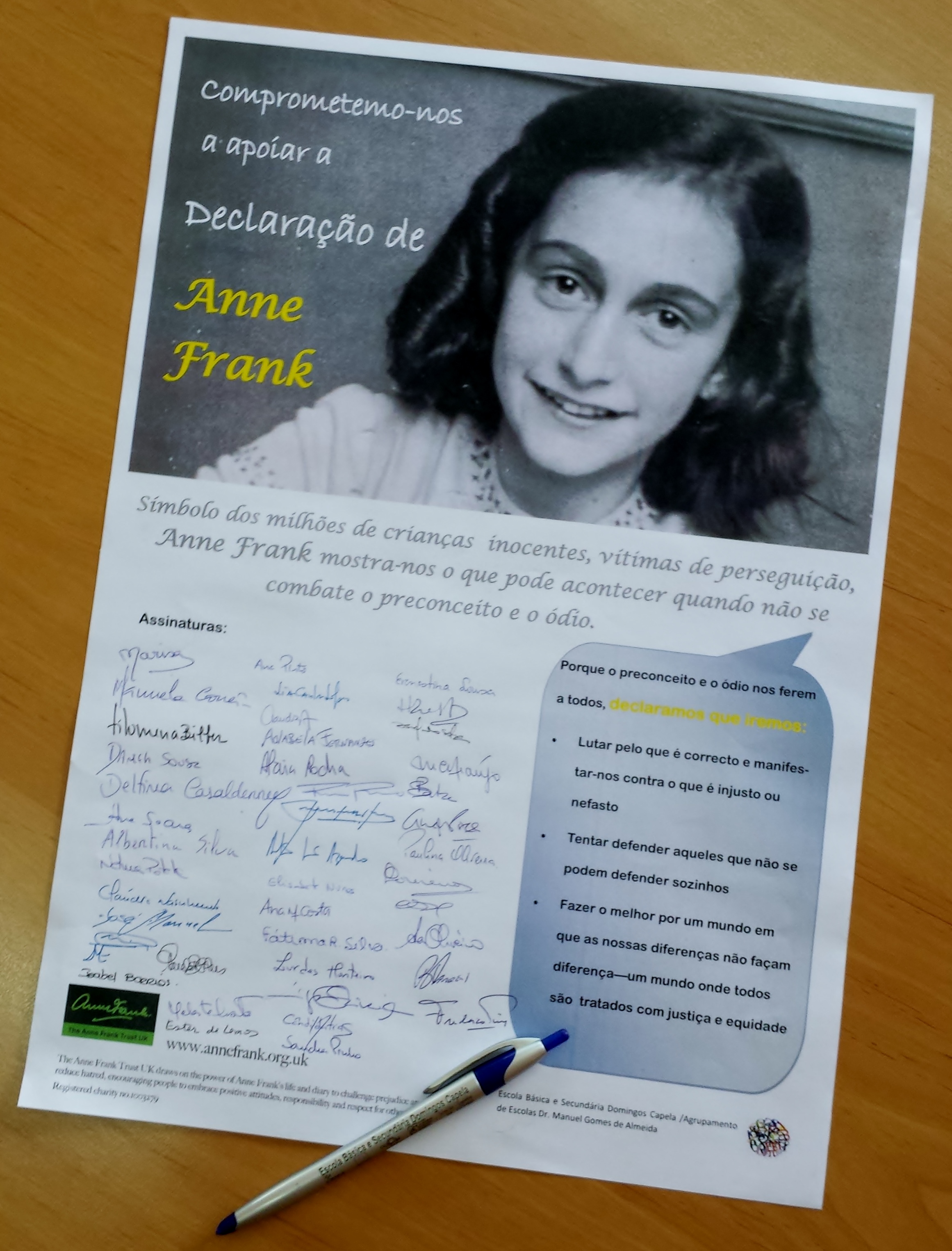
- We shared the photos of the Plantation of the Anne Frank Chestnut Tree and of the video on the Anne Frank Trust Facebook page: https://www.facebook.com/annefranktrust/posts/970525976299754 This is the post that accompanied the pics and video: “On Tuesday 21st of April 2015 there was a symbolic event in honour of the 70th anniversary of Anne Frank’s death, which was organized by my school and took place in the municipal garden. We planted a chestnut tree and read some excerpts taken from the Diary which she wrote in the secret annexe. This event was prepared by the three classes involved in the eTwinning projects “Human Rights: A Cause Worth Fighting For” and “A Photo, A Testimony, A Story – Holocaust Memories”, in a partnership with other European countries and the Yad Vashem Museum in Jerusalem, Israel. Anne Frank remains, to this day, one of the most emblematic symbol s of the holocaust and of the fight for a better and more tolerant and peaceful world. Excerpts of Anne’s Diary were read in the English class and pledges to support The Anne Frank Declaration were signed both by students and by teachers”.
- To finish our project, we made two videos, one in Portuguese and another one in English, with a summary of all the things we have done this term. Both of these videos were shared on YouTube.
→ Portuguese Video:
→ English Video: